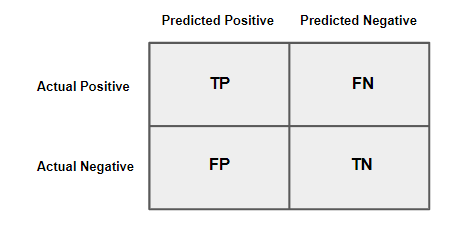Understanding Cross-Validation in Machine Learning

Understanding Cross-Validation in Machine Learning Introduction Cross-validation is a powerful technique used in machine learning to assess the performance of a model. It is an essential tool to estimate how well a model will generalize to unseen data. The goal of cross-validation is to prevent issues like overfitting and underfitting by evaluating a model on multiple subsets of the data. In this article, we will explore. What is Cross-Validation: Defines cross-validation and its role in model evaluation. Types of Cross-Validation: Describes various methods like K-Fold, Stratified K-Fold, LOOCV, and Time Series Cross-Validation. How Cross-Validation Works: Provides steps of the process. Python Code Example: Illustrates how to use KFold and cross_val_score from scikit-learn to perform cross-validation. Advantages of Cross-Validation: Lists the benefits of using cross-validation. Conclusion: Summarizes the importance of cross-vali...
